I rarely use this platform as an advertising venue and, so far, I have never received payment for any of my blog posts in Foodielady.com. It has been my custom to only write about places, products, recipes and experiences that resonate with me as a home cook, consumer or patron. I don’t pretend or aspire to be a food/restaurant critic. Foodielady.com is simply a culinary journal where I share recipes and travels that I consider to be remarkable with other food enthusiasts. My visit to Quesos Vaca Negra last weekend is no exception.
I first tried Quesos Vaca Negra about 5 years ago in one of my weekly box deliveries of locally grown food from El Departamento de la Comida, an initiative in Puerto Rico to facilitate distribution of fresh produce from island wide farms directly to homes, restaurants or to sell in their warehouse in Santurce. Every week I looked forward to getting my box which also included a selection of local artisanal food products. I recall my amazement with the quality and taste of the selection of cheeses and to find out they were the first manufactured european-style cheese varieties produced and aged in Hatillo, Puerto Rico from fresh cow’s milk. In time, I started to see the selection of cheeses at specialty food shops, at friends’s homes and eventually, I started to hear a buzz amongst my peers, here and there, about “which of the Vaca Negra cheeses you like more.”
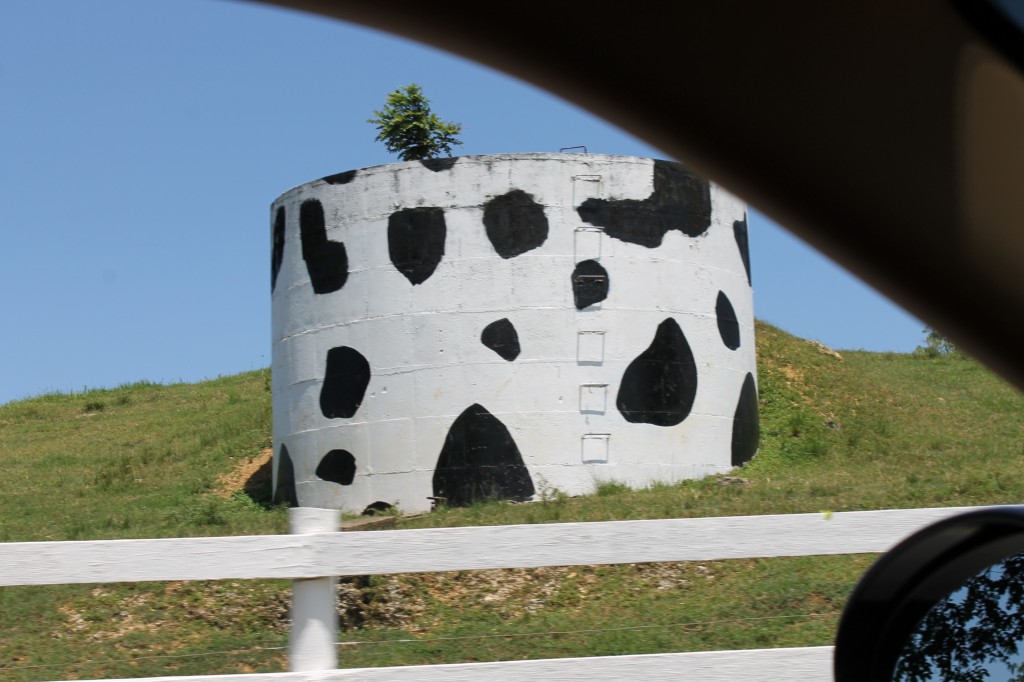
I remember when as a teenager in the late 1980’s, I would hear the milk truck pass in front of our house on weekday afternoons and at least twice a week my mom would give us “tokens” to go buy from the milk man. Also, during that time, I had a friend whose grandparents had a dairy farm in Orocovis (central ridge of Puerto Rico) and for several years she invited us to spend the weekend of her birthday riding horses and milking cows at their farm (first time for me). Growing up, milk was a central part of almost every meal at home (cheese, yogurt, ice cream, etc) and although now it’s more common to have milk substitutes and other “milk” alternatives (I am particularly fond of almond milk), dairy products are still relevant in our family diet. I also recall that when I was a little girl and we traveled to some parts of the USA, I didn’t like the milk that was served and found it “watered down” compared to the milk from home. Many of you might not realize that our local milk is produced under the most strict standards and quality controls which yields a very high quality product.
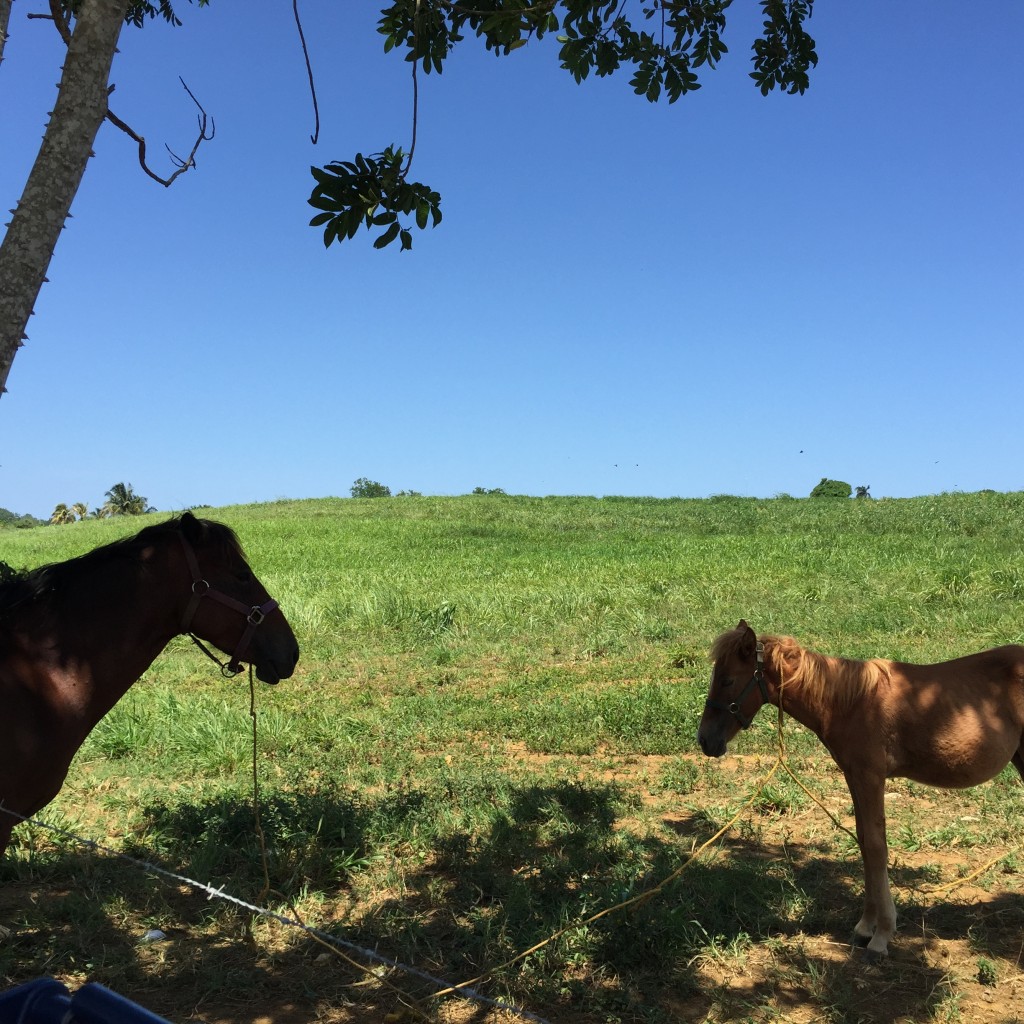
From the little I know about the milk industry in Puerto Rico and what I have read in the press, I can tell it has a very particular structure, complex history and specific laws/regulation that oftentimes have polarized the farmer, producers/distributor, retailer and government. At the farmer level, the government regulation, fixed pricing per quart of raw milk, elimination of certain incentives/credits, increase in (production, transportation, utilities) costs and diminishing profit margins have pushed many dairy farmers to close down or file for bankruptcy in this battered economy. As a result, the Department of Agriculture, ORIL and other groups that regulate the industry, must evaluate all the factors that impact the business in order to find a way to secure growth and the future of the milk industry in Puerto Rico since we don’t want to end up paying $9 a gallon like in Hawaii, who currently imports all of their milk. That being said and regardless of the actual disputes and obstacles that have permeated the industry throughout the past years, Puerto Rico still produces more raw milk than we can consume, therefore, the surplus is bought/subsidized by Indulac (Industria Lechera de Puerto Rico, Inc.) to make UHT milk (ultra-high temperature) which requires no refrigeration and by independent producers to make yogurt, cheese and butter among others.
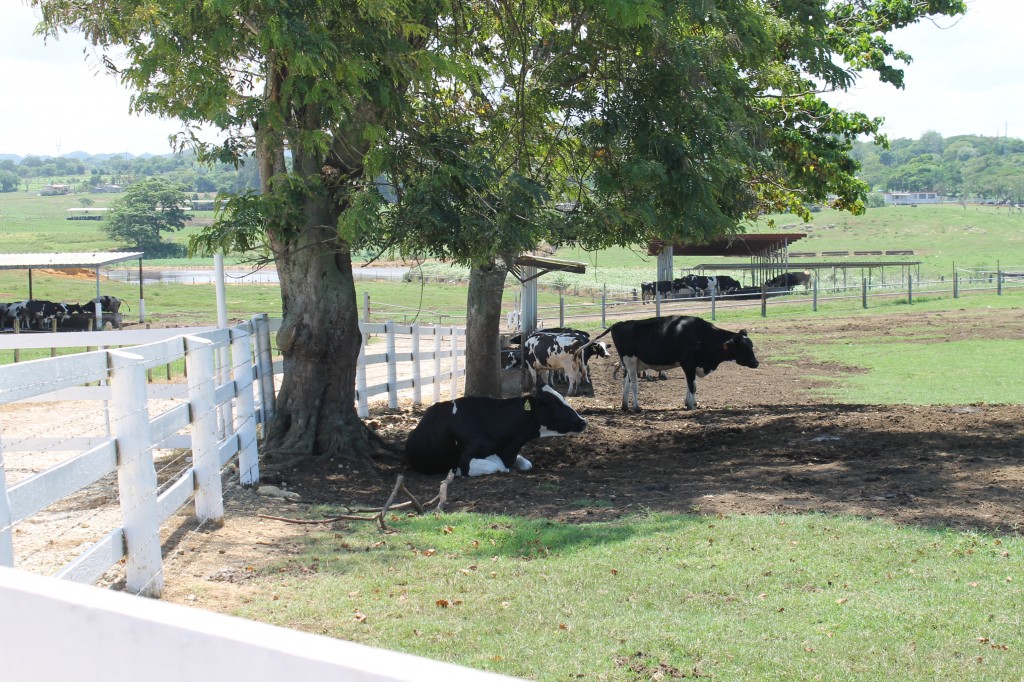
Puerto Rico has over 60,000 milk cows that make on average between 17-20 liters of milk daily. As a matter of reference, the same cow in a more temperate climate will yield between 40-50 liters of milk a day. One of the reasons for this notable difference is, for starters, that milk cows are not from the tropics and suffer from “heat stress”, so in order for them to give milk, they have to drink twice as much water to produce almost half of what they would produce in milder climates making the final product more expensive. The milk cows in Puerto Rico are left to pasture for most of the day and can only be given concentrate feeds (which is an imported product and has increased in price) for a few minutes a day in compliance with regulation. Nevertheless, milk produced in Puerto Rico is of very high quality, great taste (I was told the milk from farms near the sea is particularly salty because the ocean breeze impacts the terroir where the cows graze) and goes through laboratory testing to make sure the liquid has no growth hormones and no traces of antibiotics. When you see that the label says “Leche Fresca” it is quite literal because the process of pasteurized milk, on average, goes from farm to retailer/table in approximately 72 hours. The downside of our high quality milk is that Puerto Rico has one of the highest price tags per gallon, with only a few exceptions.
The aforementioned expertise in meticulous testing to produce local high quality milk is what has allowed Mrs. Wanda Otero, a licensed microbiologist and founder of Quesos Vaca Negra, to start her cheese making business. For over 20 years, she worked at dairy plants analyzing the quality of the milk. Almost 8 years ago, at the moment she decided to become an entrepreneur and start making cheese, the local economy had started to crumble. Many farmers were having financial troubles due to an increase in production costs and were not able to afford all the laboratory tests needed to make sure the quality of the milk is up to the federal standards of Grade A milk. Mrs. Otero set up her private lab and started offering her services to dairy farmers in exchange for raw milk to cover their debt and commenced to produce the aged cheese in her small factory. Funny how the barter system still works nowadays!
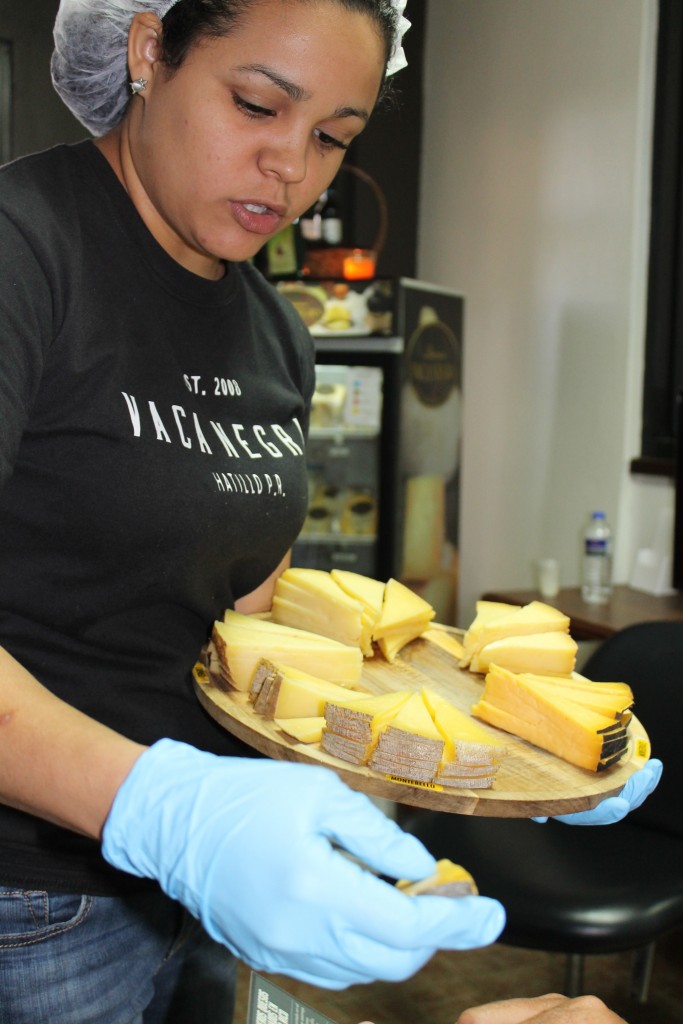
I had taken cheese pairing courses before and make plenty of recipes that include cheese among the ingredients, but I had always been intrigued by the cheese making process. One of those intimidating culinary feats that I have never been brave enough to tackle. Enzimes, rennet, whey, bacteria, mold, the different milks, hard, soft, semi-soft, triple creme, natural rind, washed rind, so many different cheese styles, let alone the equipment that is usually needed, it all seemed so complex! Many times, I found myself searching on the web for places in Vermont, Wisconsin or even as far away as Italy, for a one week cheese-making course for amateurs. None of these fantasies materialized until a couple of weeks ago I saw on my Facebook feed a sponsored post advertising “Make your own cheese tour at Quesos Vaca Negra”… in Puerto Rico! My time had come to get my feet wet and a taste of what cheese making entails! I sent them a message and Mrs. Otero personally contacted me later during that afternoon to coordinate which day and time was more convenient for us. The price was $60 per couple and $10 extra per child to make a 2 pound cheese.

I didn’t have to do much to convince my daughter and husband to accompany me to experience the cheese making process. We left Guaynabo City on a Sunday morning at around 9am in order to arrive to Hatillo by 10am when the tour was set to start. It was a beautiful, sunny day and we enjoyed the mostly green scenery that can be appreciated along the road trip. The instructions provided by text message I received the day before were very precise, so we had no problem getting there. We were the last ones to arrive and the small reception area was already full, “tepe a tepe”. It was a pretty heterogeneous group of a wide range of people and ages from all over the island, local tourists. Our host, Mr. Joshuan Feliciano, greeted us and asked that we all introduce ourselves. We were the first ones and right after everyone had the chance to present themselves, he proceeded to give us a brief history of the company, the prizes their cheeses have won locally and internationally (EnterPRize, HIIT 3001, Fancy Food Show 2011 in Washington, DC) and an overview of the milk industry in Puerto Rico. At this moment, a young woman gave us some samples of their new product, european style yogurt, which they have acclimated to the local palate with flavors like piña colada, coconut, oatmeal, guava and vanilla. Being the “yogurt freaks” we are, we can say that we absolutely loved them!
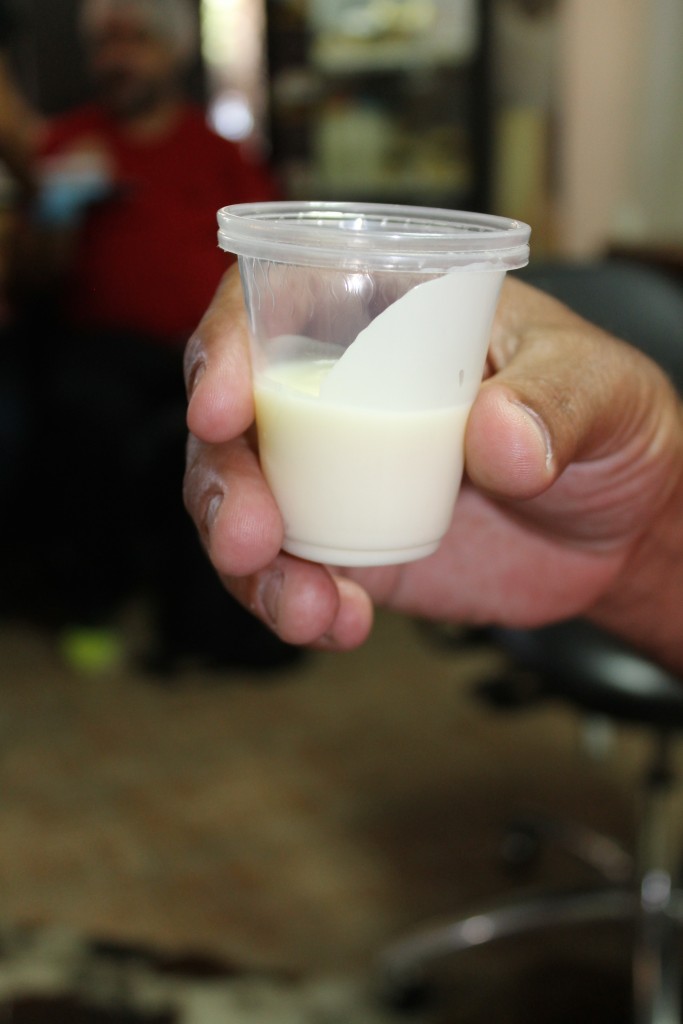
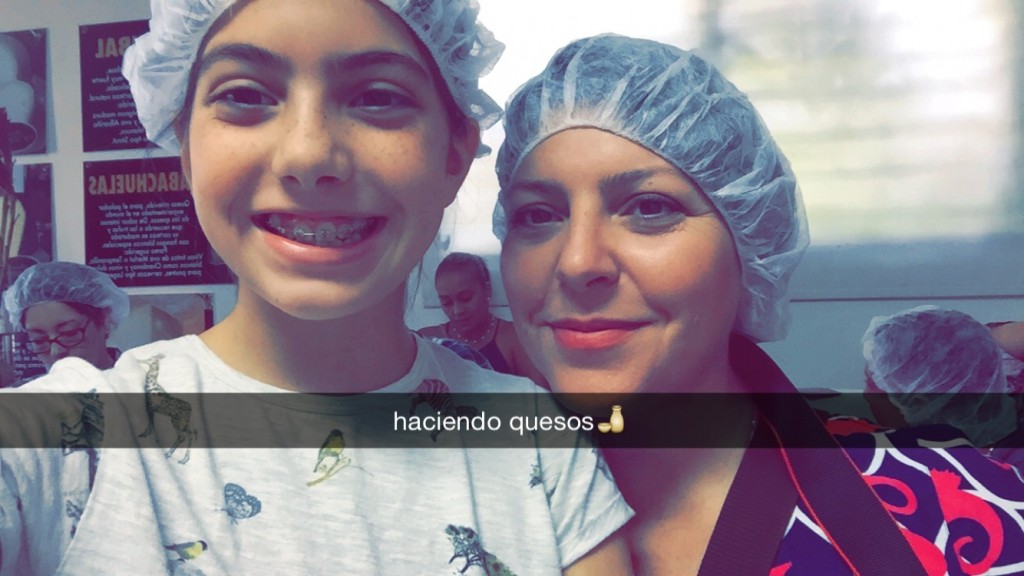
Next, unflattering hair nets were passed around to comply with sanitary standards and head into the cheese making area where our group was greeted by the fromager, Carla. She explained in detail the whole process, from the delivery of the fresh raw milk to aging in their small cellar.
The raw milk had already been tested for quality and poured in a metal tank that works similar to a large double boiler by bring the milk to the required temperature, depending on the style of cheese. Enzymes and “good bacteria” had been added a couple of hours before our arrival and you could see the whey (suero) on top and the milk solids coagulated (curds) on bottom. To cut the milk solids into small pieces and to mix the whey with the curds, she used a large slotted metal “paddle”.

Then we took a sneak peek at the small cellar where the different varieties of cheeses are aged for about 2 months. Carla also explained that during the affinage or maturing process, bacteria eat the lactose making the cheese lactose free. At this moment, we went back to the reception area where a cheese table had been set up with a selection of red, white wines and iced tea.
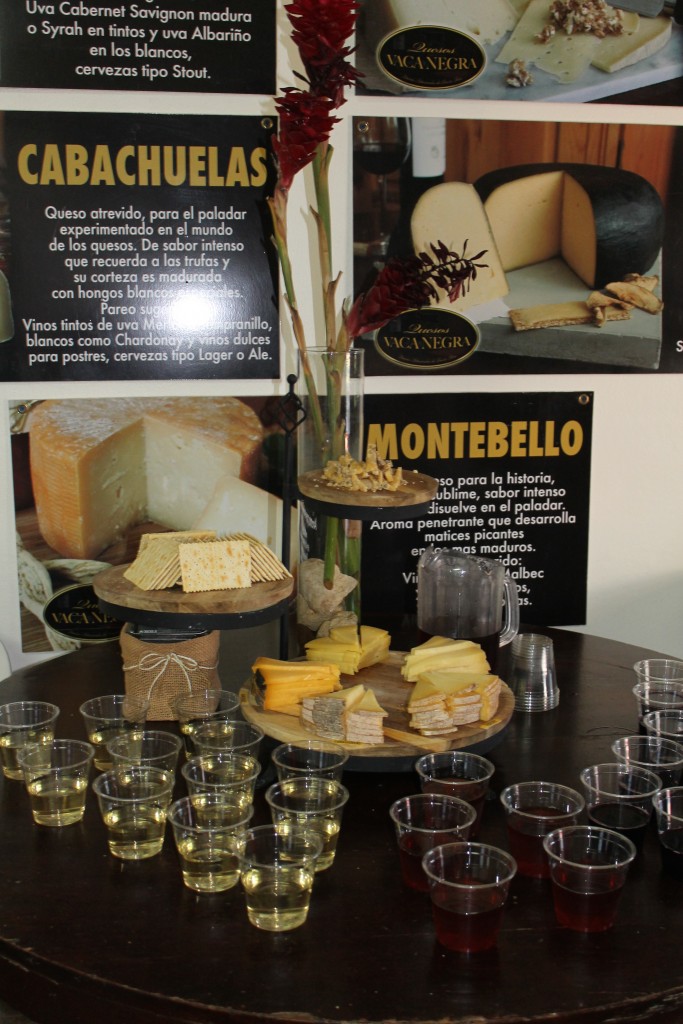
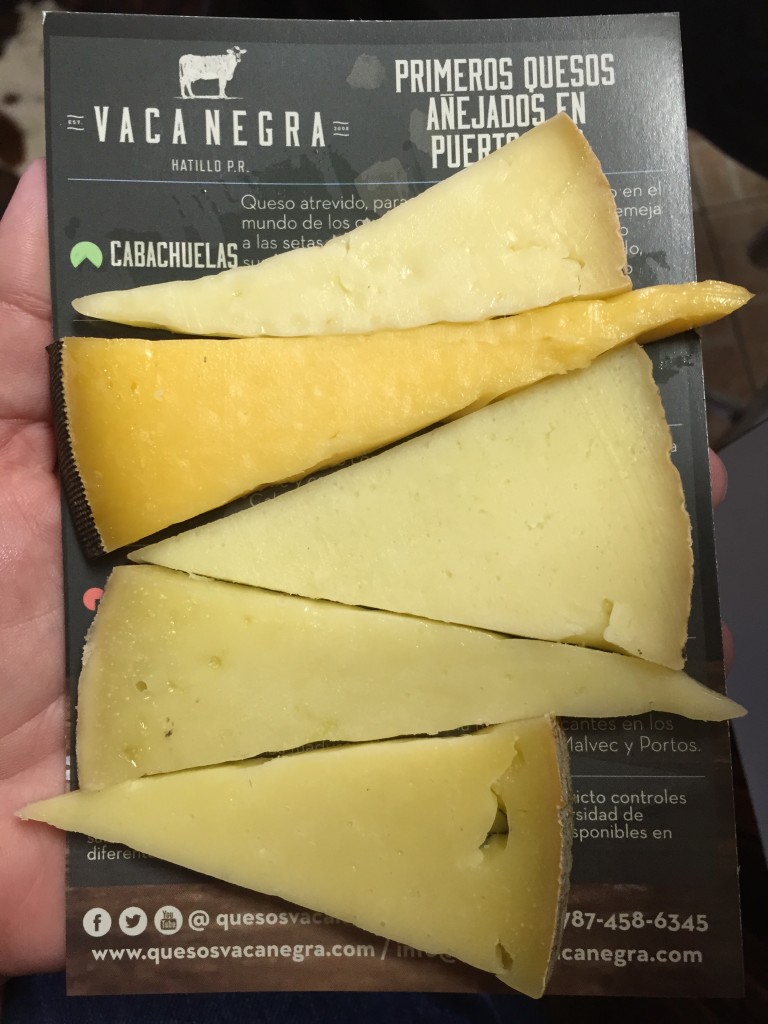
The 5 varieties that they produce at Quesos Vaca Negra are:
Capaez: similar to a Gruyére cheese
Monserrate: similar to a Cheddar (the orange color is given with annato (achiote) and has a black rind to preserve humidity)
Ausubal: similar to an Alpine Swiss cheese
Montebello: similar to a Manchego
Cabachuelas: similar to a Gouda
My personal favorites where the Capaez and Monserrate, but my husband preferred Montebello, Ausubal and Cabachuelas, evidencing once again that we are almost complete opposites, even in our taste in cheese! Je!
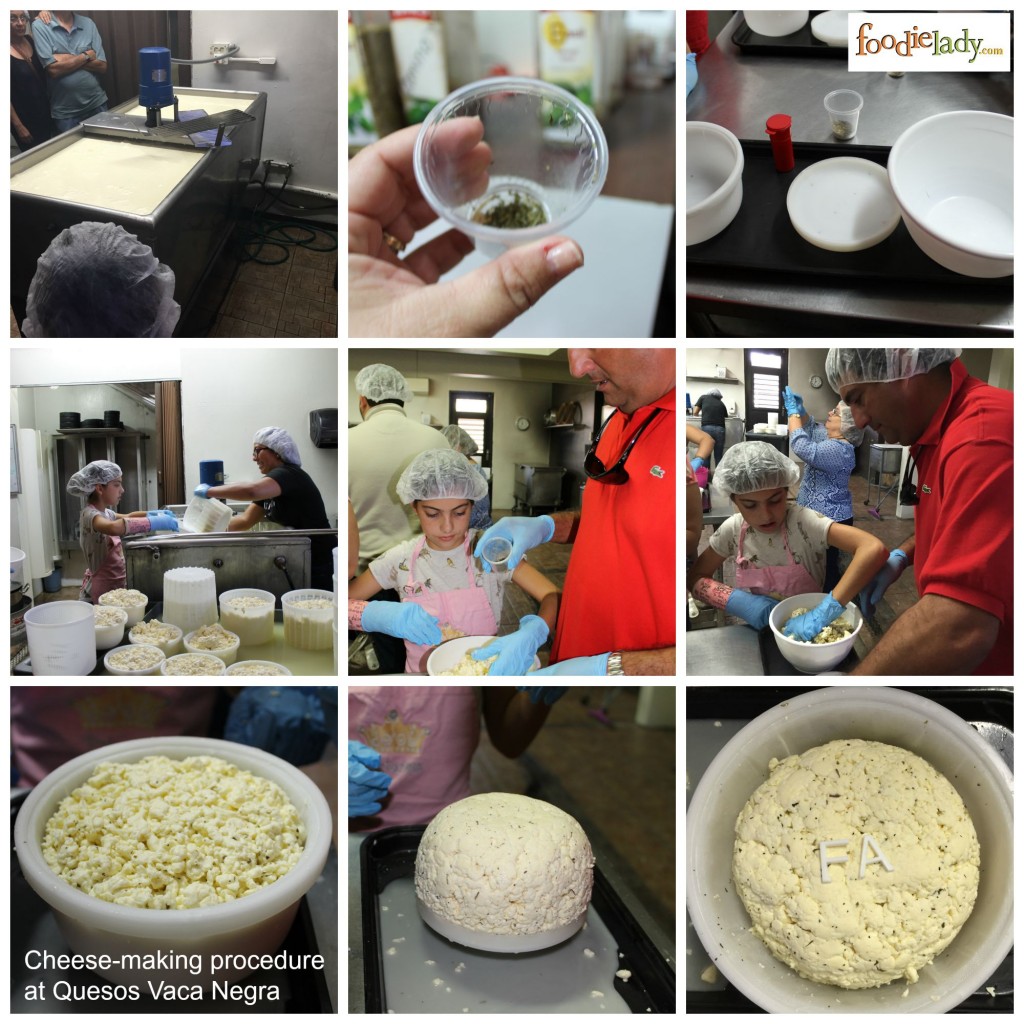
After the cheese tasting, we went back in the production room to confection our two pound cheese. We had chosen earlier a selection of herbs (herbs de provence, parsley and garlic powder) and the initials (F.A.) that will identify our cheese round. Each couple/family station was ready and well organized with gloves, tray, bowl, salt and plastic cheese mold. I brought with me some aprons just in case. Our daughter went to the tank to get the cheese curds and continued to mix with the herbs and salt with her hands. The excess water was drained by applying some pressure into the mold with the lid and our initials then were placed on top. The last stage before going into the cellar to age, was done by them to allow the cheese drain any excess liquid for about 12 hours. Hopefully, our cheese will be ready in two months for our Thanksgiving family feast. Before we left, we bought some t-shirts, cheese and vanilla and oatmeal yogurt.
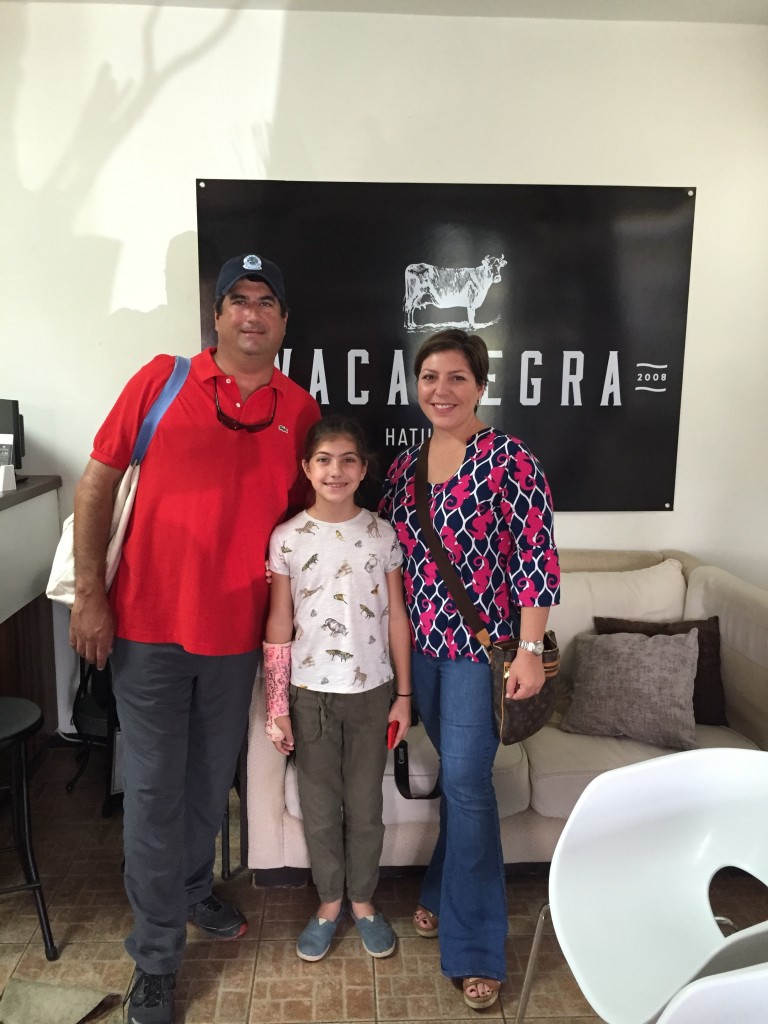
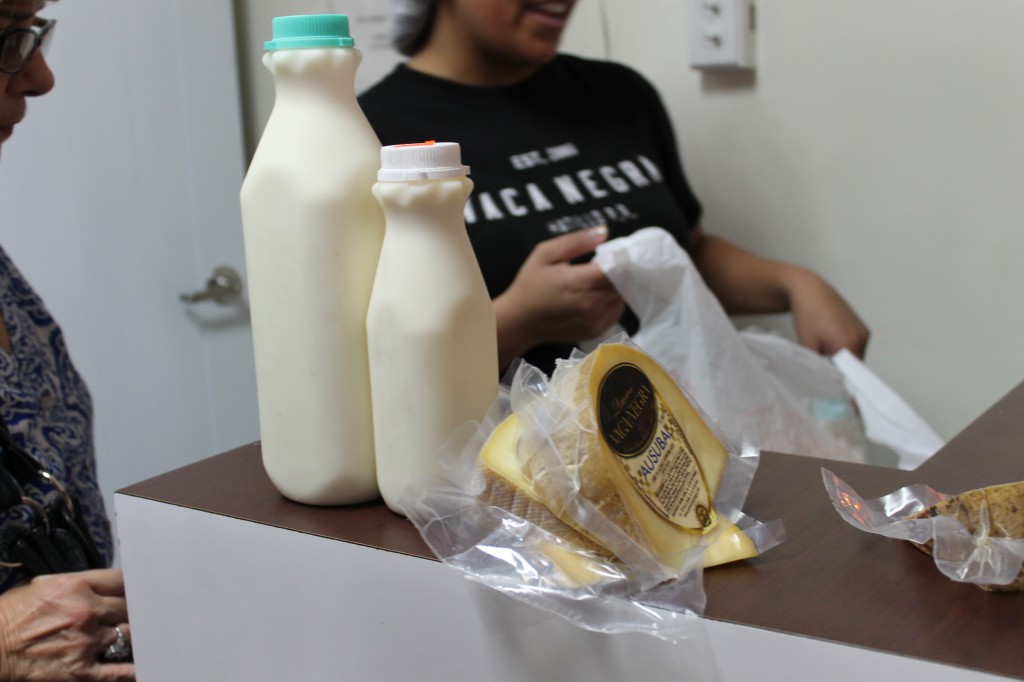
It has become trendy to TALK about buying local products and sponsoring local businesses, but we also have to take ACTION and actually go out there and discover what our beautiful island has to offer. Dare to do something different! We certainly had a wonderful time and really enjoyed this experience. Looking forward to our next foodieventure!
Note: I am not an expert in the dairy industry in Puerto Rico. The information in this post is from articles I have read, my opinions and some different points of view of friends and acquaintances that have been linked to the industry at one point or another.
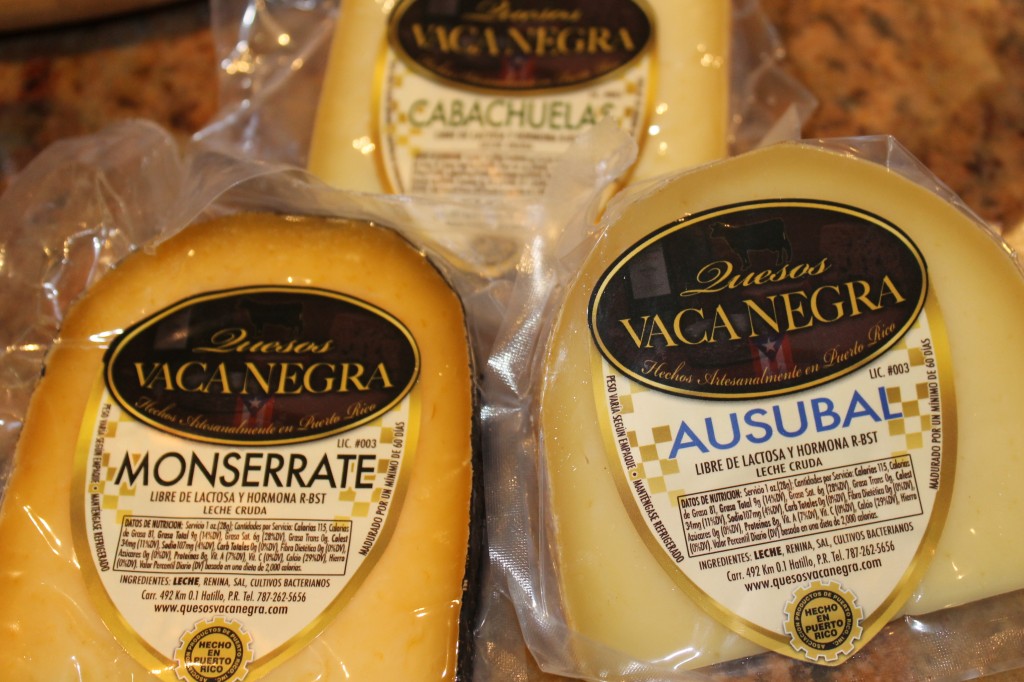










Hi! I’m Wanda from VACA NEGRA, this article was marvelous. Love it. Thanks so much.
Hello Wanda! We had a wonderful time during our visit to Quesos Vaca Negra last Sunday. I hope others will have the chance to experience the cheese making process at your factory. Keep up the good work and wishing you great success!
Yo fui hace un tiempo, justo cuando comenzaban a elaborar los yogurts…y nos encantó! Es una gran experiencia y me alegro que lo hayan disfrutado. Y cuando prueben sus quesos serà mejor aún! 😉